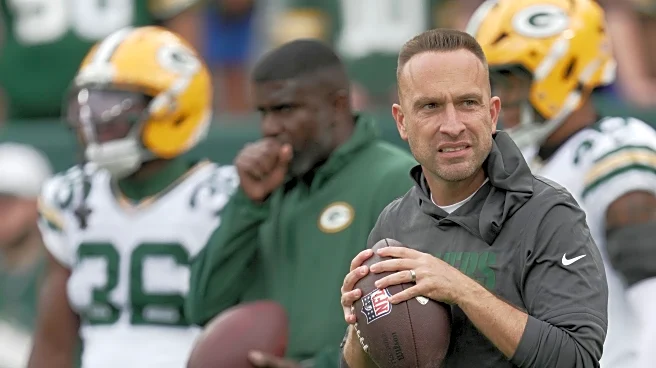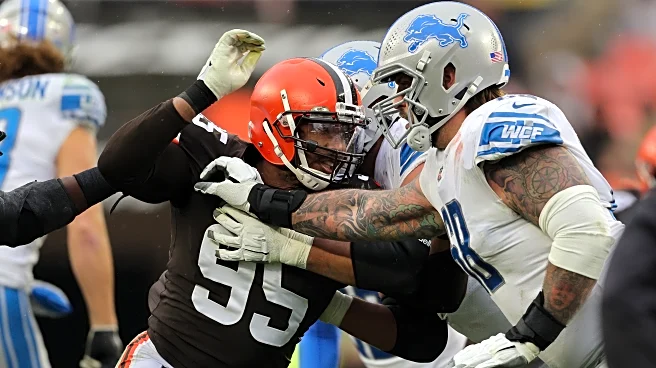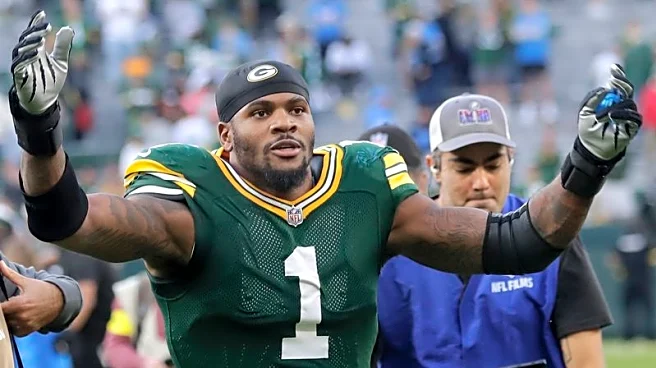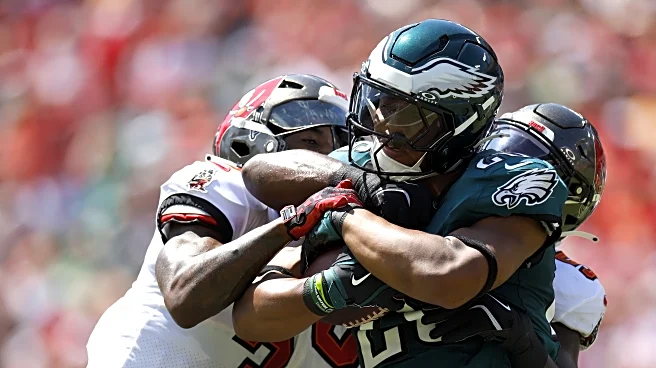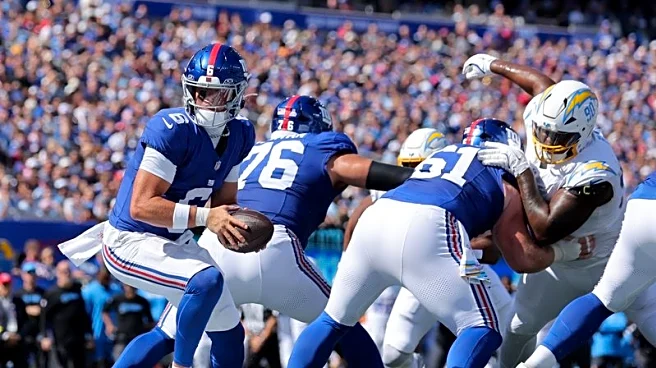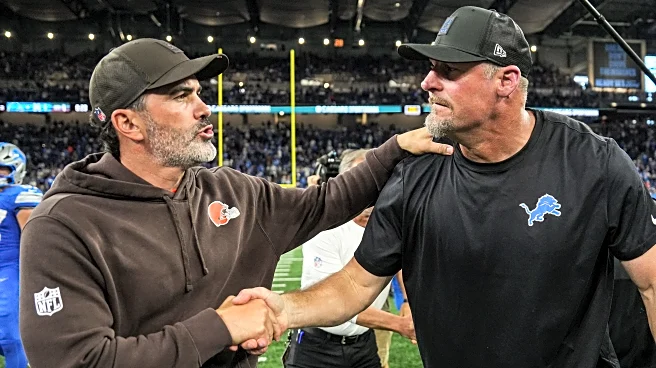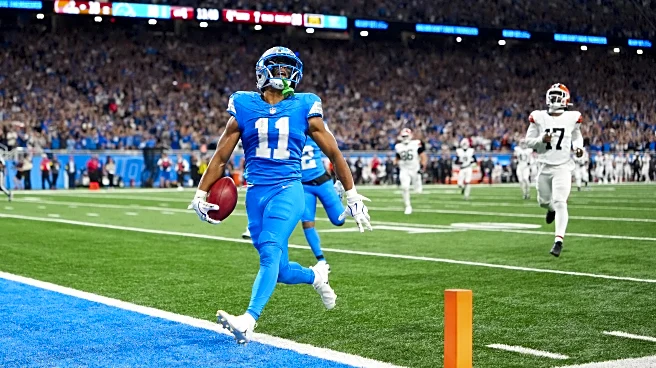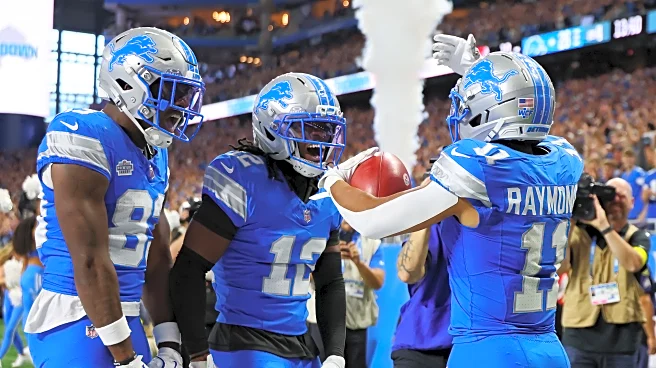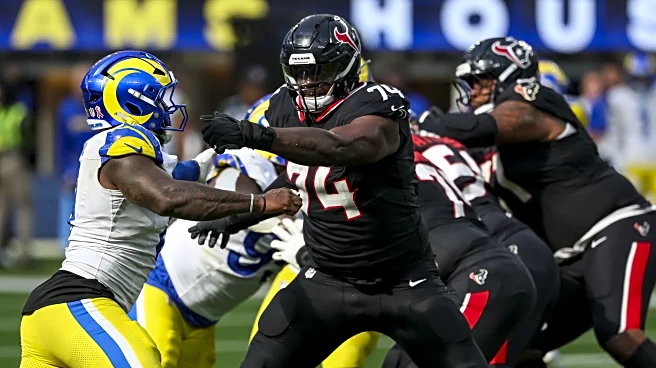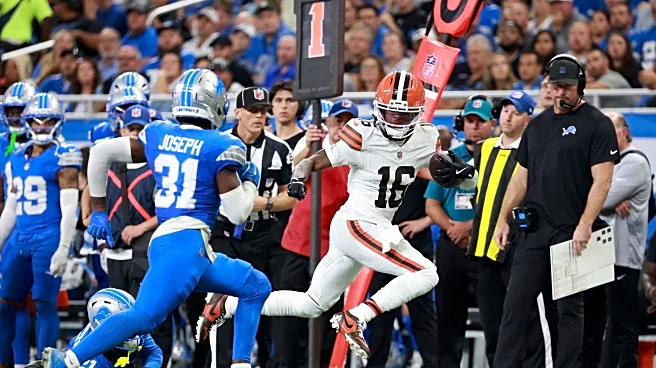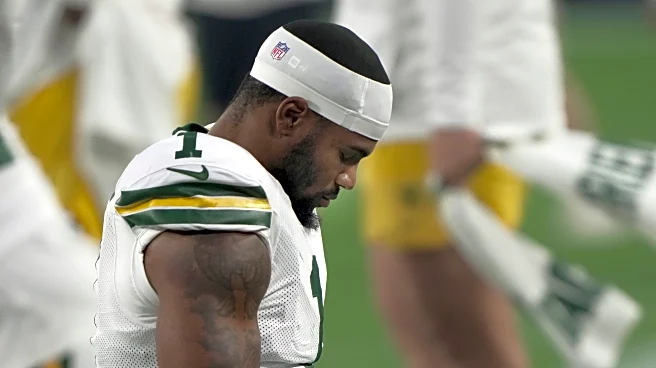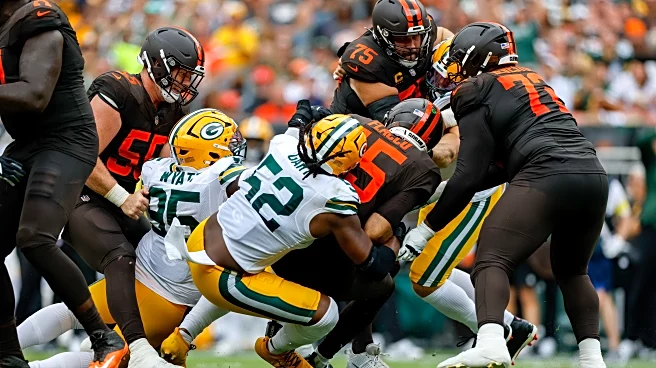While the Green Bay Packers’ defense finished as the 4th best defense in 2024, it’s not hard to imagine how they could make improvements heading into 2025. They needed pass-rush help, and they addressed it at the end of the preseason by trading for Micah Parsons. Through three weeks, the chips fell into place and look to be rounding into one of the league’s top units again.
They’re currently ranked 3rd best in the NFL. They are already reaping the benefits of what a truly elite pass rush can do. One
area where this is highlighted is in their 3rd down defense. So far, they are 5% better than last season at getting stops on 3rd down. They held the Browns to 4-for-13 in Week 3.
Adding Parsons to a defense that already has a lot of post-snap coverage rotation significantly muddies the pictures for opposing quarterbacks. We covered Parsons’s first snap as a pass rusher here, but this is an example of how his presence, combined with the post-snap coverage rotation, clogs up the quarterback’s processing ability.

Hafley’s favored way to muddy the picture is to play a non-traditional Tampa-2 coverage post-snap and they can get there from multiple alignments. Here, they’re showing single high coverage pre-snap with pressure indicators.
The post snap coverage rotates into Tampa-2 with the corner bailing to the deep halves and Goff looking left but coming off the read to the left when he sees it’s 4-over-3 for the defense. By the time he comes back to the right, the dig route from the single receiver side would be open versus Tampa-2, but he didn’t have time.
The rotation from single high, where the best read is, to Tampa-2 muddied up the picture and allowed the pass rush to get home and force a short throw for a loss. The same post snap rotation confused Goff later in that game on his interception.

Here, the Lions are in the high red zone on third down. The Packers matched with their nickel defense again. Goff sees a single high safety, and he sees his best receiver, Amon Ra St. Brown, being pressed in the slot. Based on the pre-snap, it looks like man coverage.
But everything changes post-snap. Safety Evan Williams rotates down with the corners sinking deep again. Safety Xavier McKinney is going to rotate inside to the middle hook zone. This is a lot for a quarterback to digest. He clearly doesn’t see Williams rotate down and thinks he has St. Brown for a clean throw, but he doesn’t have it. Williams picks it off.
The blending of the coverage rotation and the pass rush can be an effective way to drag out a passing down in a critical high-leverage situation. If the pass rush can’t get home, the back-end coverage can ensure that it eventually will and force a checkdown.
With the potential for up to seven pass rushers here, Jayden Daniels has to think about the progression post-snap while seeing something entirely different play out. In a way, it almost simultaneously speeds up the quarterback’s reaction time and slows it down. Daniels gets a bit frantic toward the end of the down as the pass rush starts to cave in, so he wisely just dumps it off with nowhere to throw and an imminent hit.
Late in the 3rd quarter of week three versus Cleveland, the play call forced an incompletion when the corner sank under the vertical and tightened the window to the receiver.
The Browns’ play call is essentially a four verticals concept from a 3×1 formation. Based on the pre-snap, it’s likely Joe Flacco wanted to challenge the deep safety with one of the two inside verticals from the trips.
Upon seeing the safety rotate down, he elected to reset and throw the single fade route to the top. The corner read this and sank under the route with the safety closing over the top. Flacco was forced to throw it high and away from the oncoming defenders and couldn’t quite get the right layering on it with a late throw.
I suspect that had he known about it pre-snap, he might have thrown the single side vertical a lot sooner on this down. But that’s what this defense coverage does: forces quarterbacks to problem-solve on the fly in a short amount of time, and the results generally end up favorable for the defense.
Final Thoughts
We can’t really know the degree to which Hafley will keep creating ways to squeeze improvements out of the players and scheme, but I’m sure there’s a well he hasn’t tapped into yet. As Parsons continues to see an increased workload, so too will opposing teams find ways to limit his impact.
For now, the coverage on the backend seems to be holding up and buying time when the rush can’t get home. We’re sure to see a few more wrinkles, but exactly how is not known to us. We’re only three weeks i,n but so far it looks promising.
